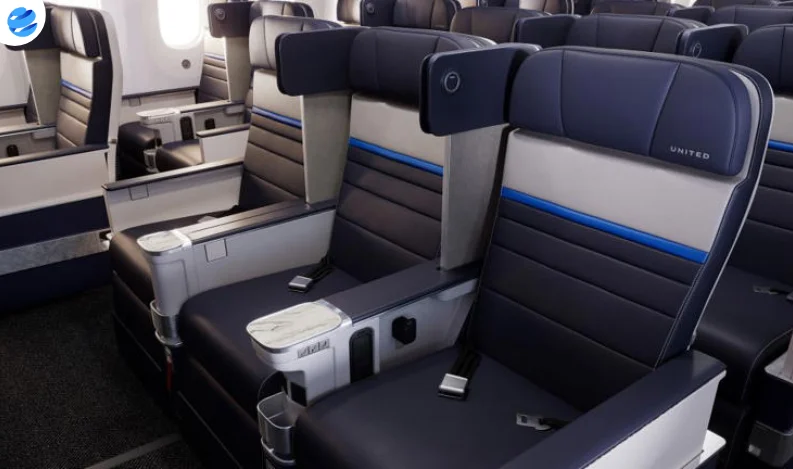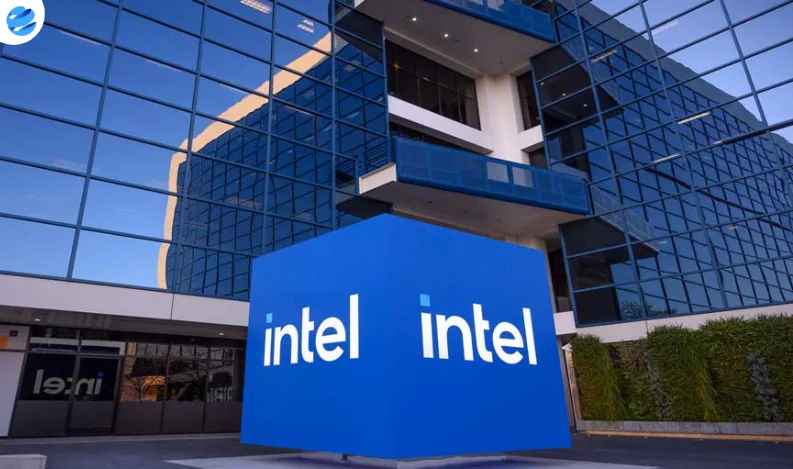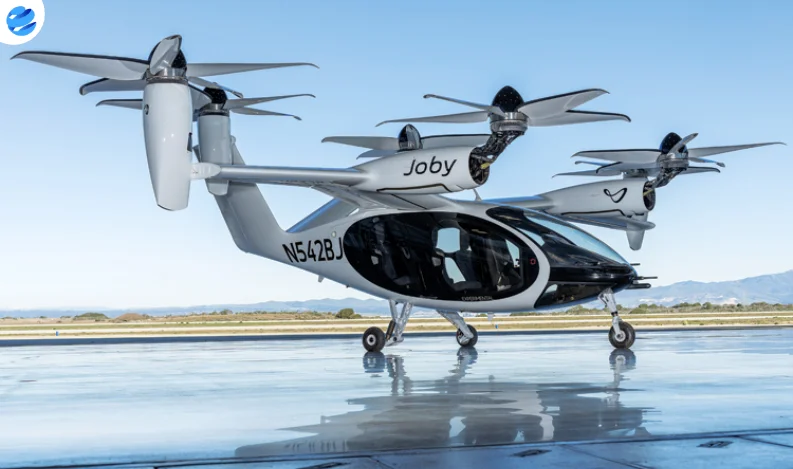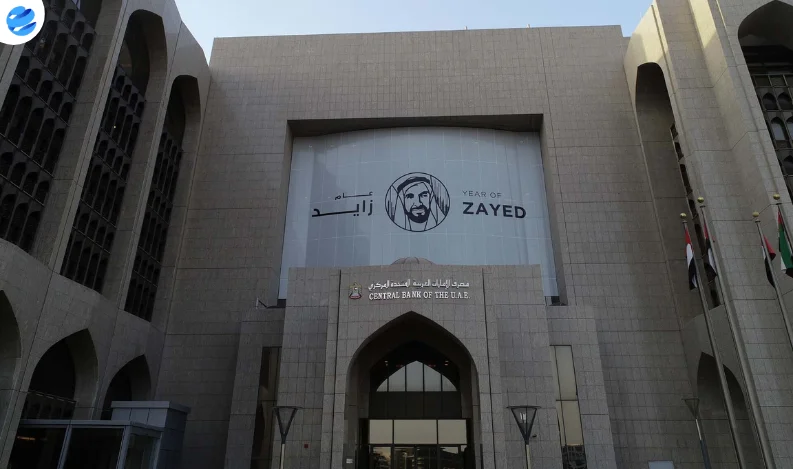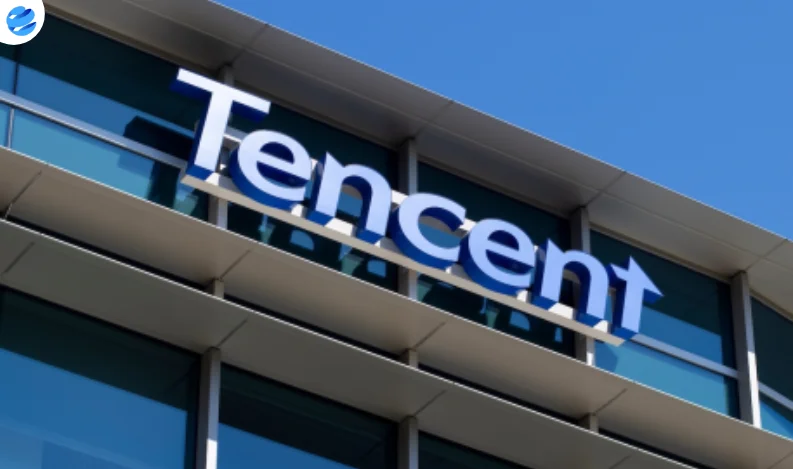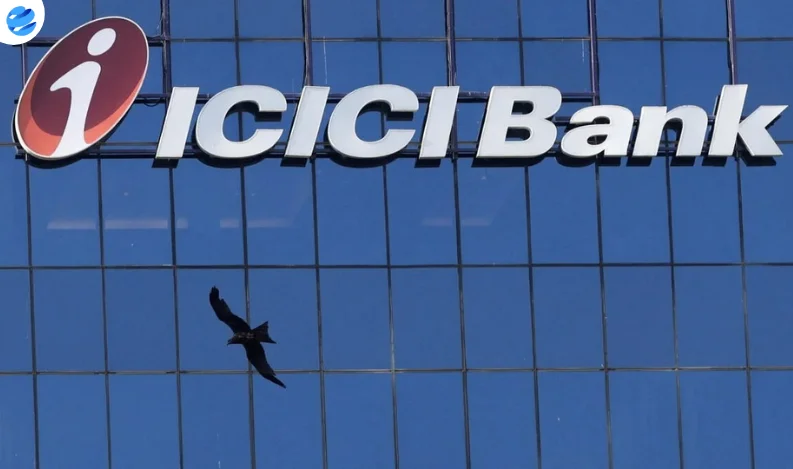U.S. airlines are intensifying their competition for high-end travelers, unveiling increasingly luxurious upgrades in international business-class cabins.
Next week, American Airlines will launch its revamped business-class "suites" featuring sliding privacy doors, wireless charging, and more space, 42% larger in eight “Preferred” suites on its Boeing 787-9P aircraft. These elite seats are currently offered on a first-come, first-served basis.
United Airlines, not to be outdone, is enhancing its Polaris cabins with “Polaris Studios”, private suites boasting 27-inch 4K screens, visitor ottomans, and 25% more space than standard Polaris seats. While pricing remains unannounced, the airline aims to launch the upgraded Dreamliners on routes like San Francisco–Singapore by early 2026.
The move follows Delta Air Lines’ lead, which pioneered sliding-door suites in its Delta One cabin and recently opened premium lounges for top-tier travelers.
Beyond hard product upgrades, airlines are boosting “soft” touches. United is serving amuse-bouche portions of Ossetra caviar, while American has stopped reclaiming Bang & Olufsen headphones before landing. Virgin Atlantic, Lufthansa, and Etihad have already elevated expectations globally, with suites that convert into beds or even private rooms.
Despite economic uncertainty, airlines are betting on continued demand for premium travel. Business-class fares can top $5,700 round trip, an attractive margin in an industry grappling with rising costs and thinning profits.
“Really, business class is starting to look like old first class,” said American’s Chief Customer Officer Heather Garboden. “We want to offer as many of those seats as possible.”
As premium seating expands, American plans to grow its lie-flat and premium economy offerings by 50% by decade’s end. For airlines, the message is clear: luxury sells, even at 35,000 feet.



